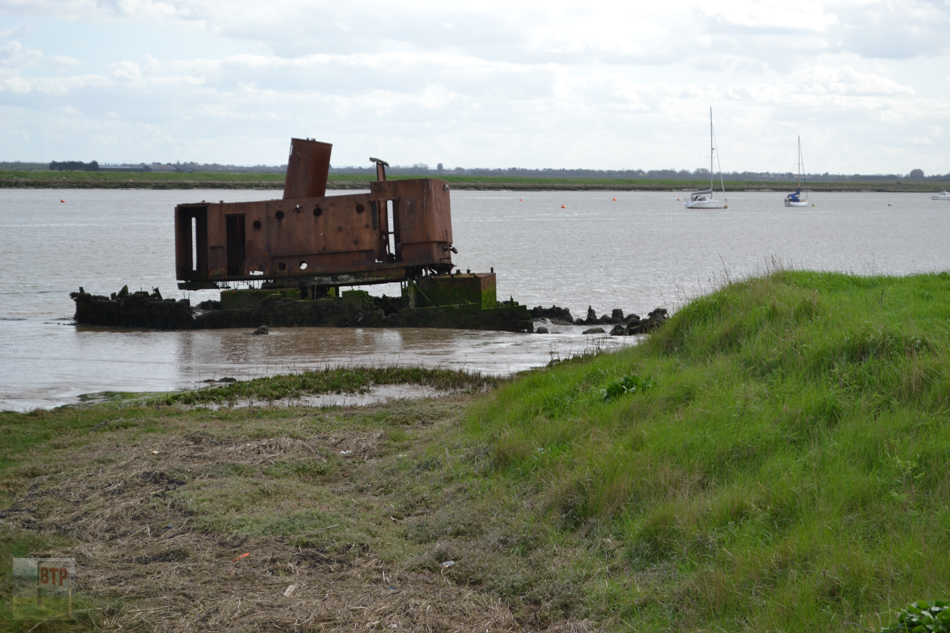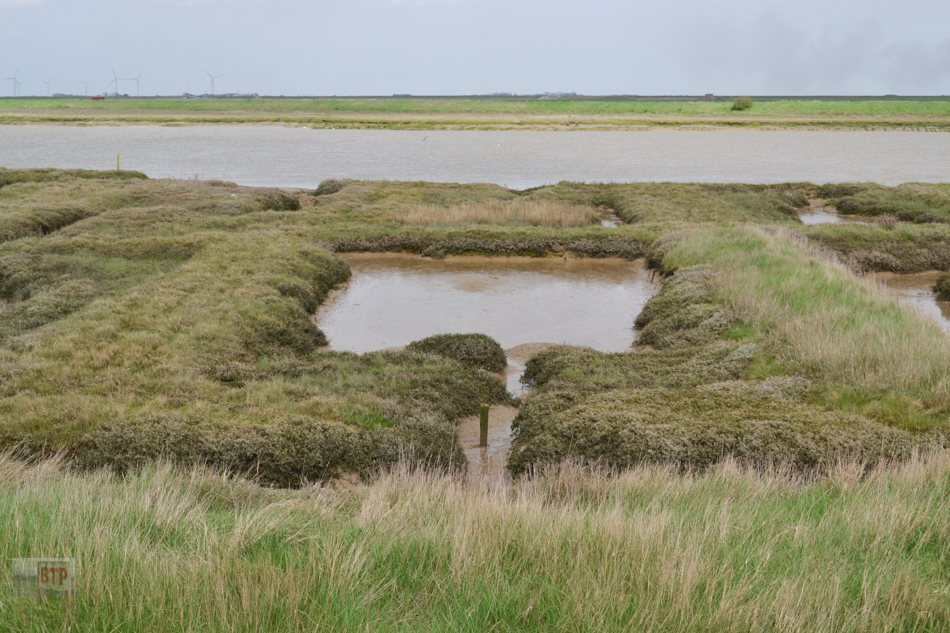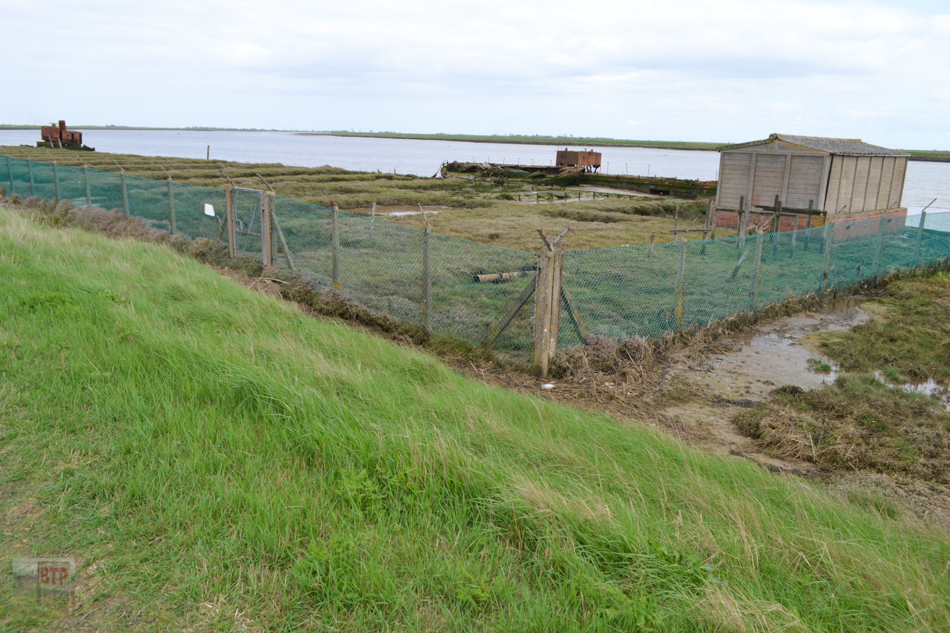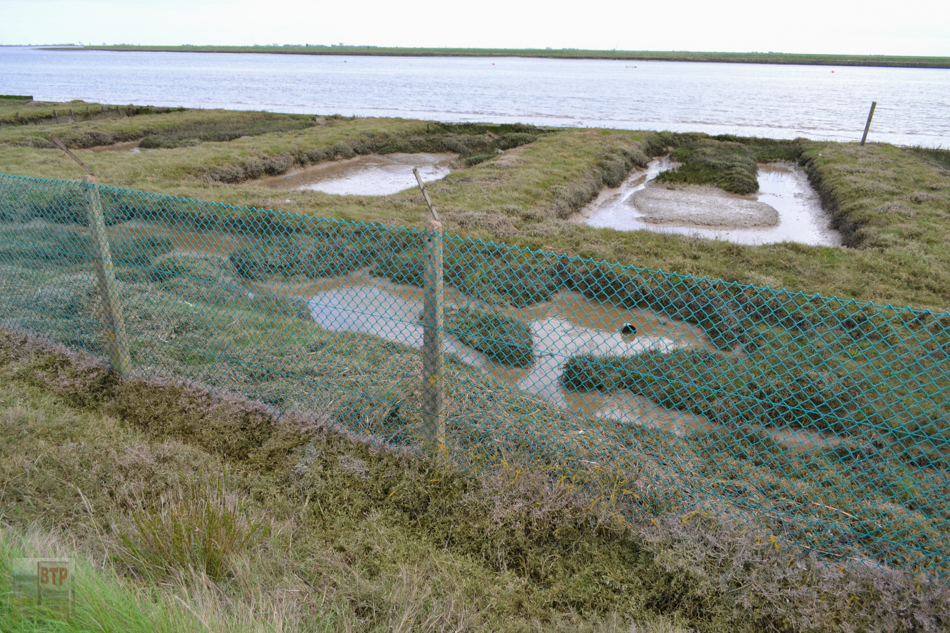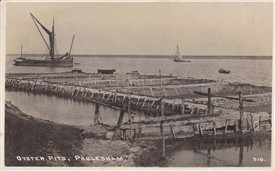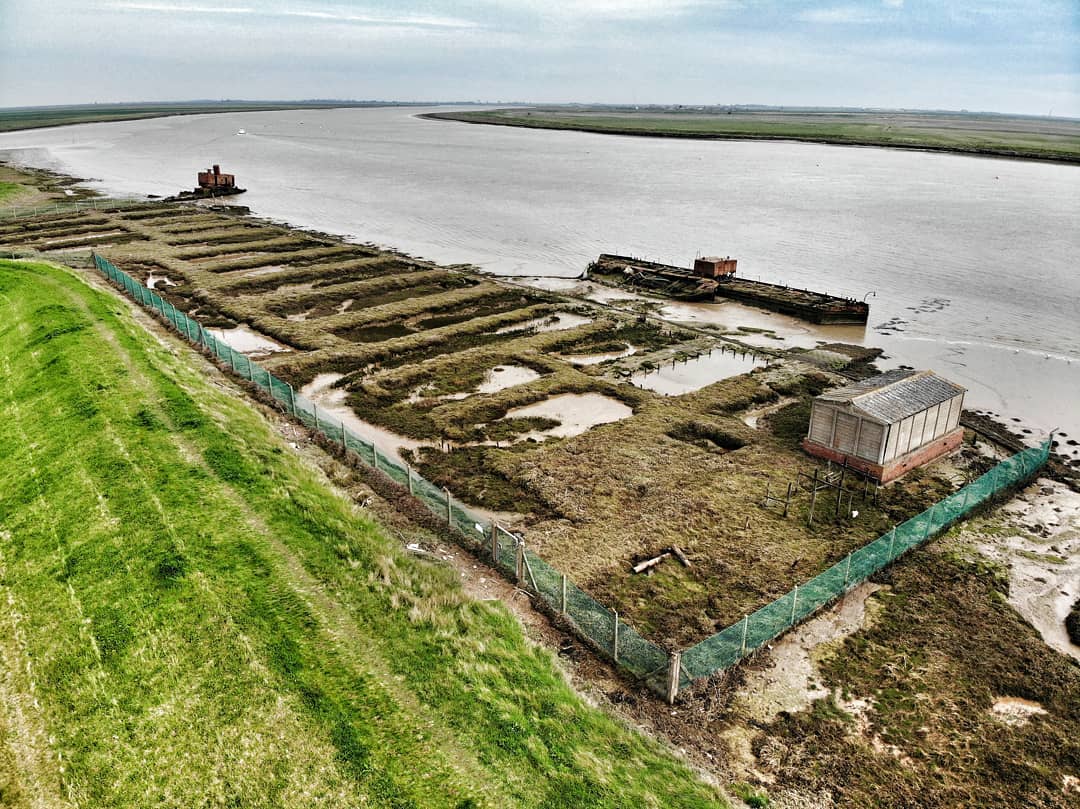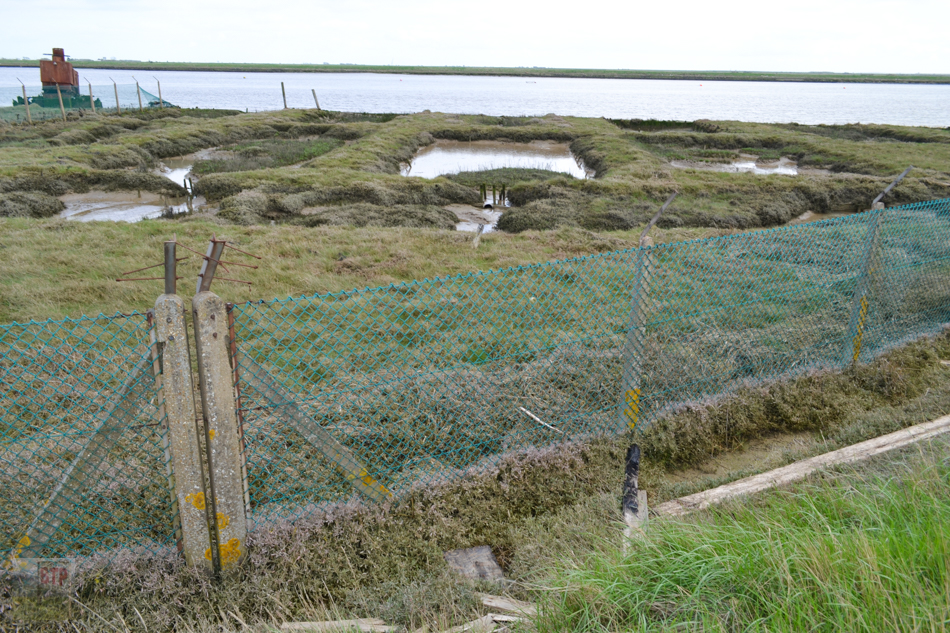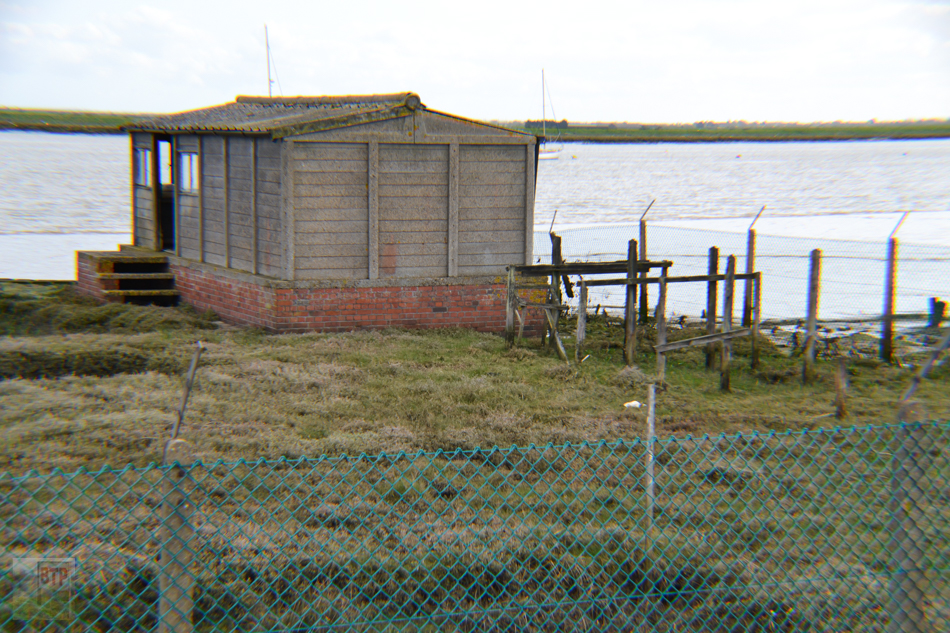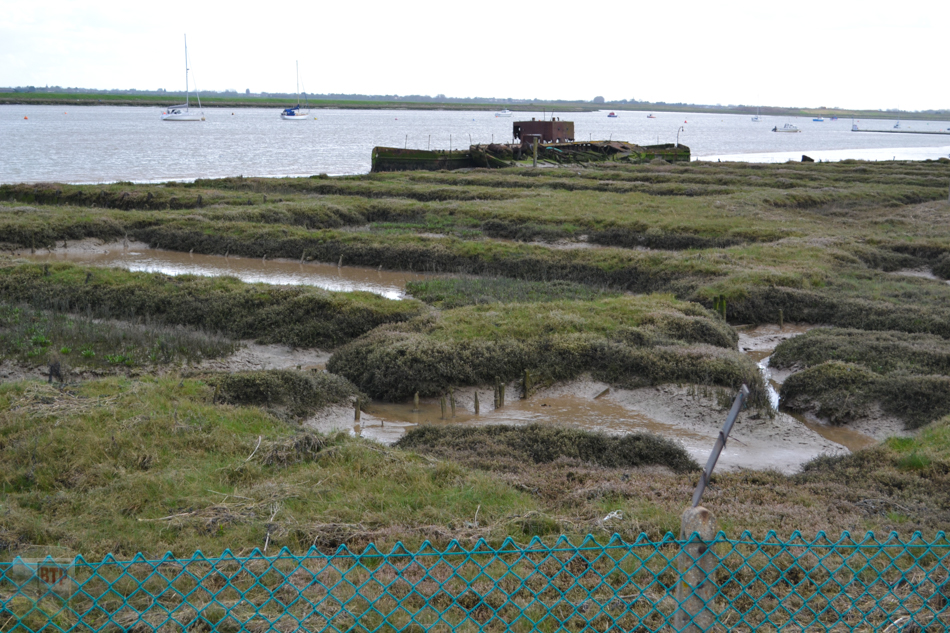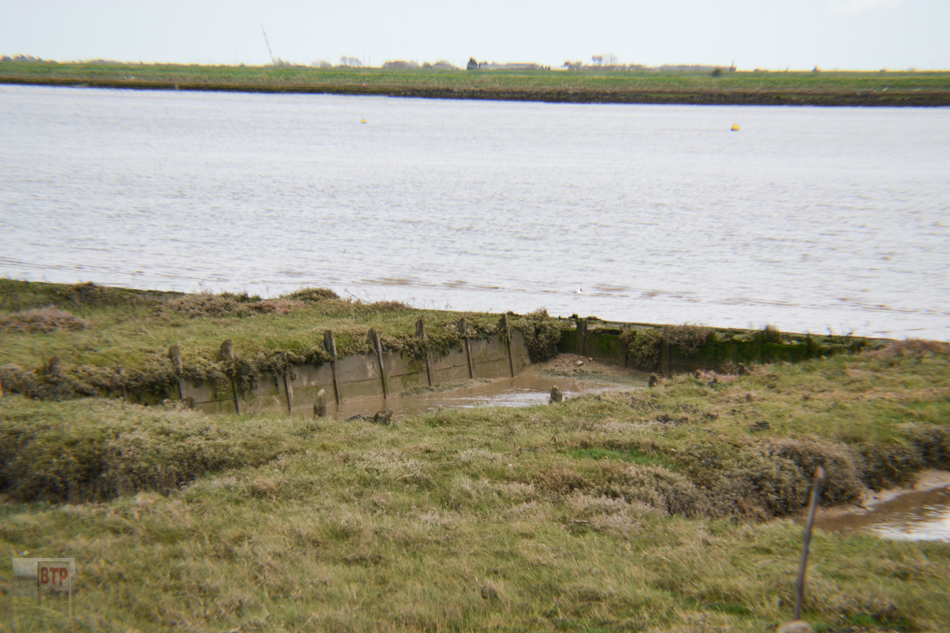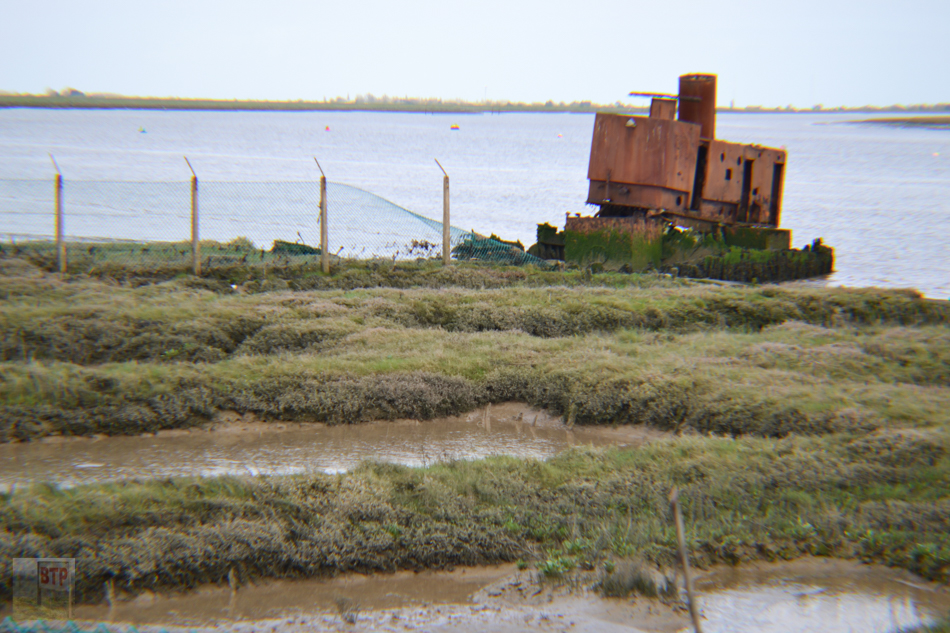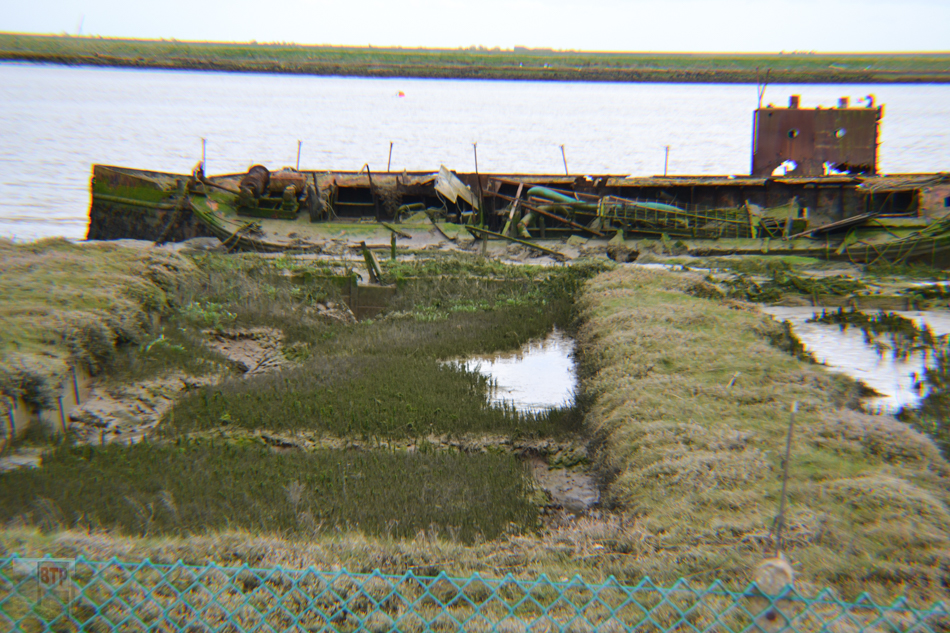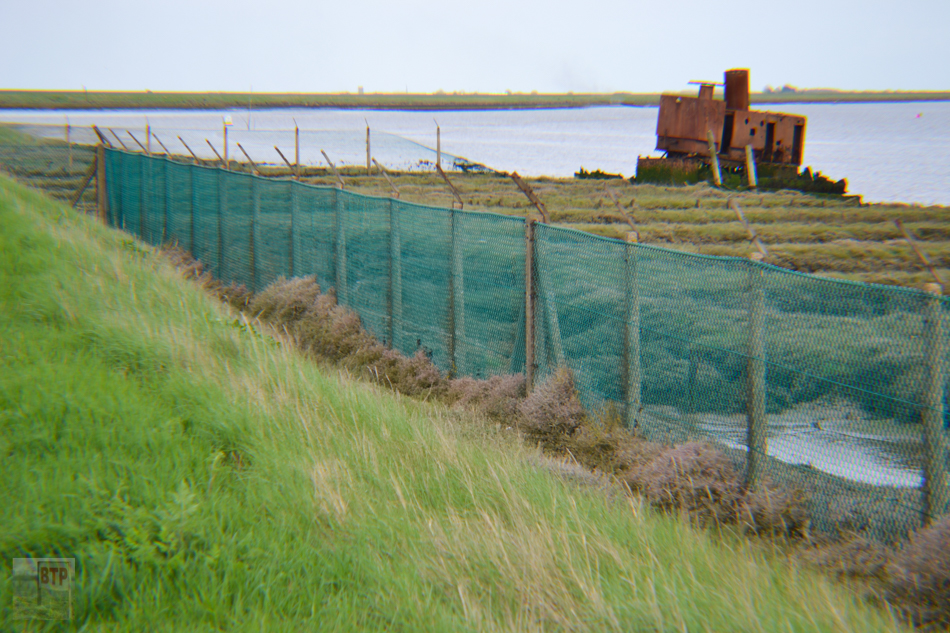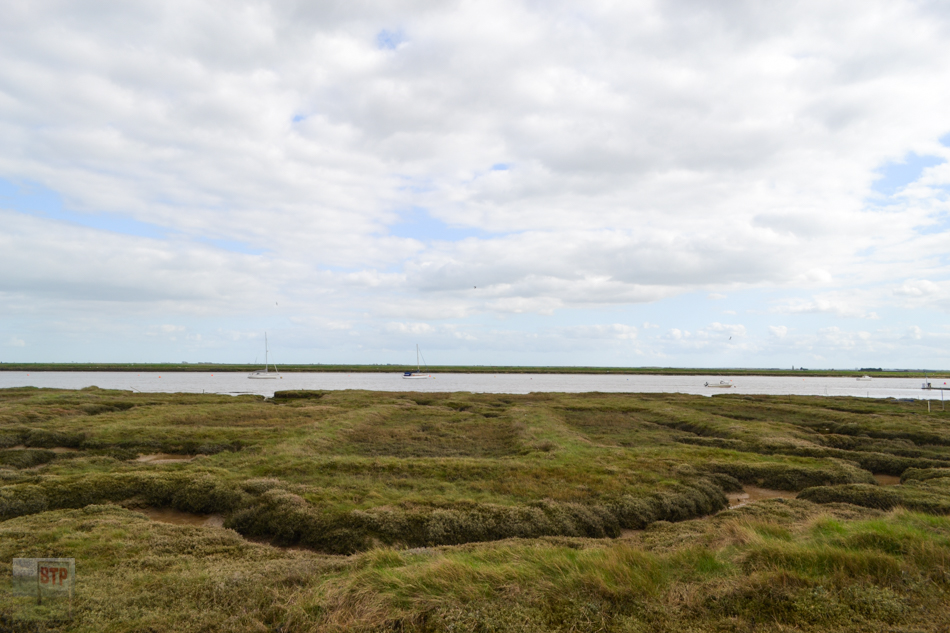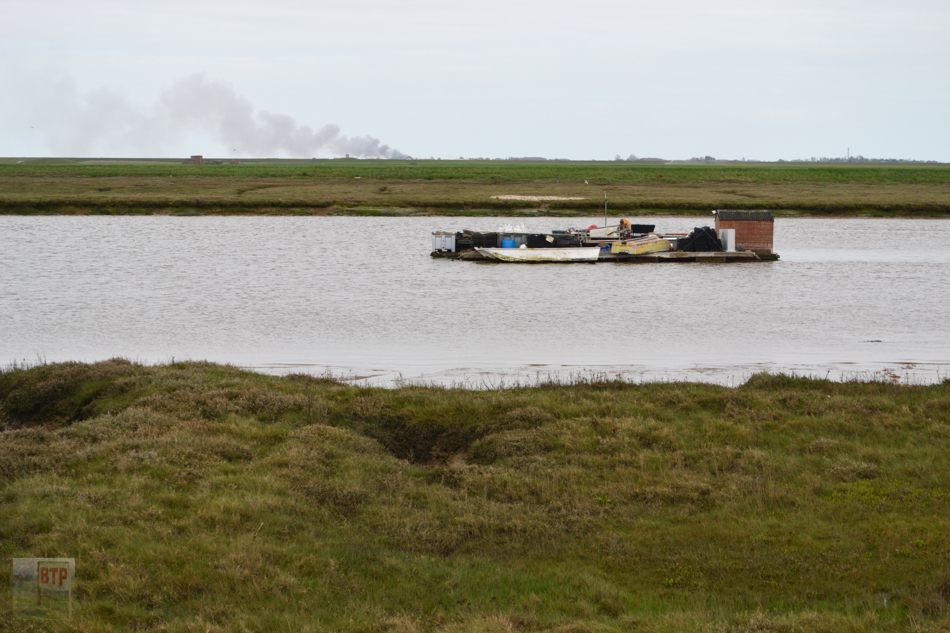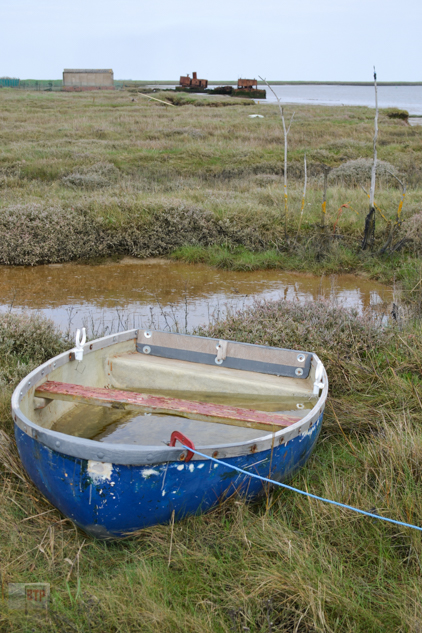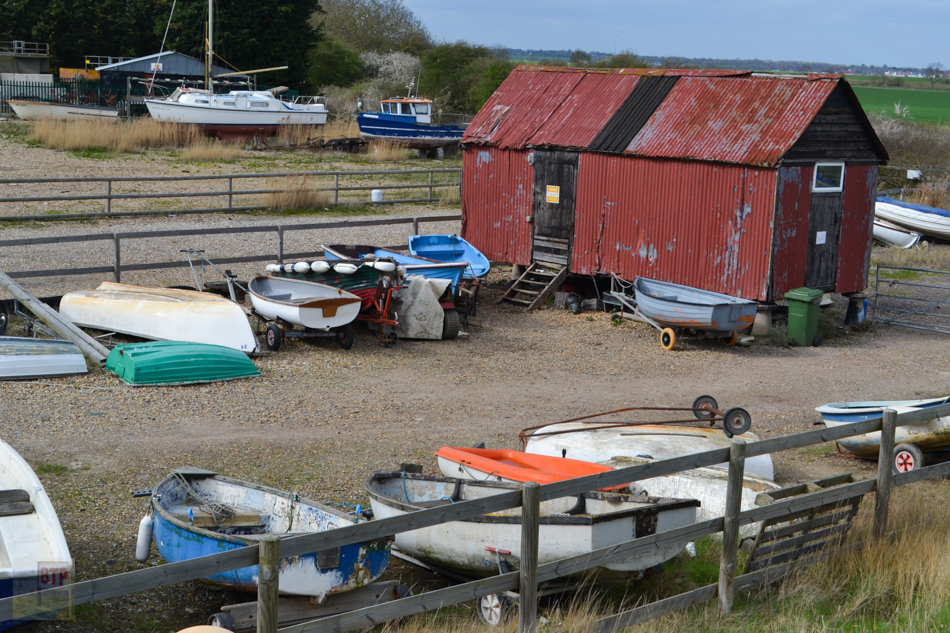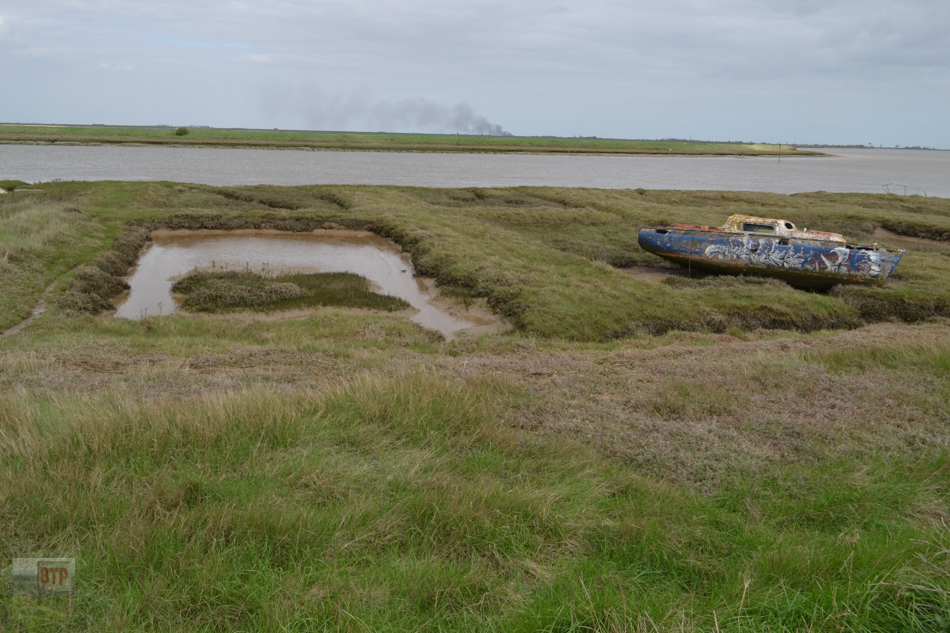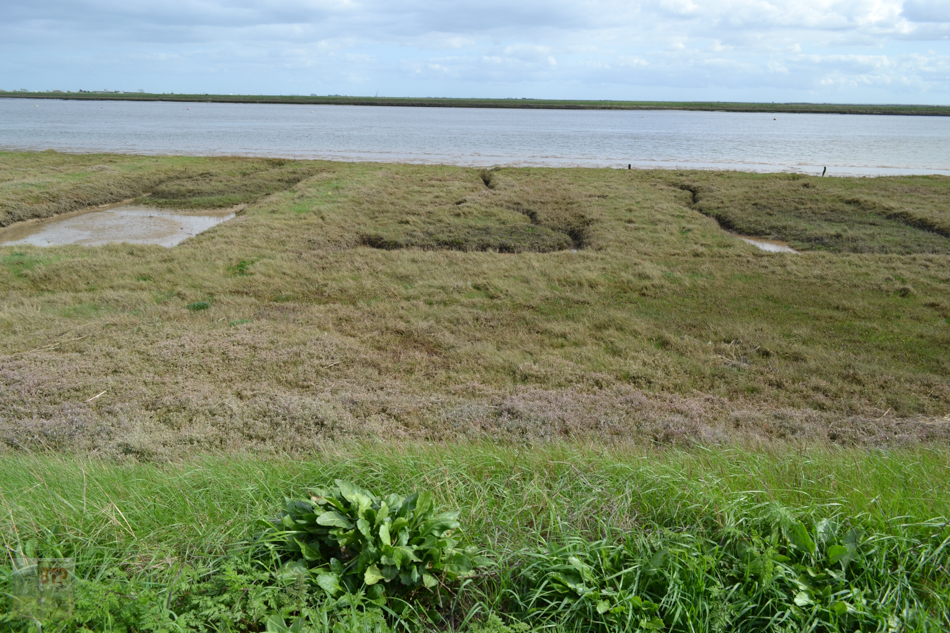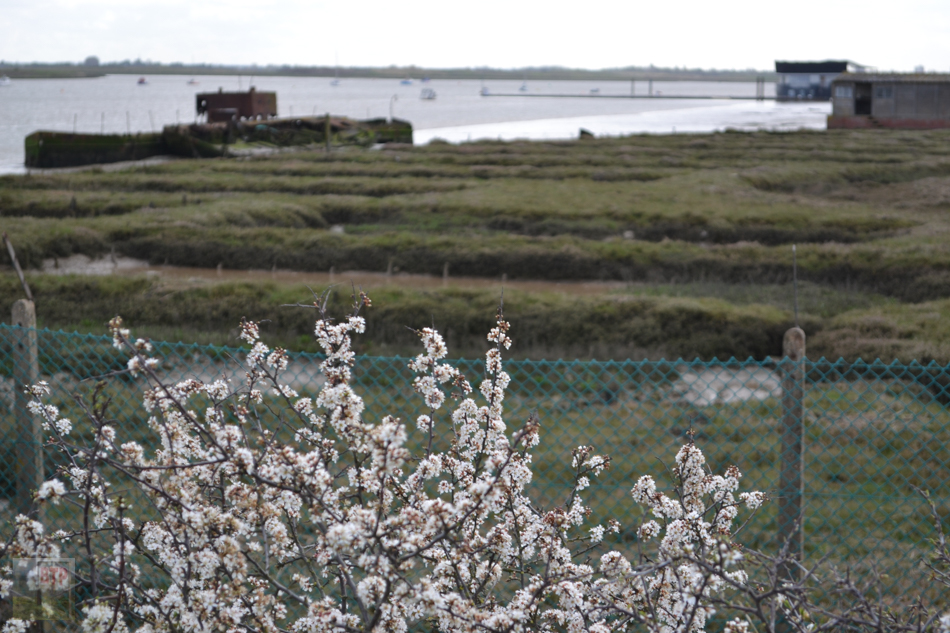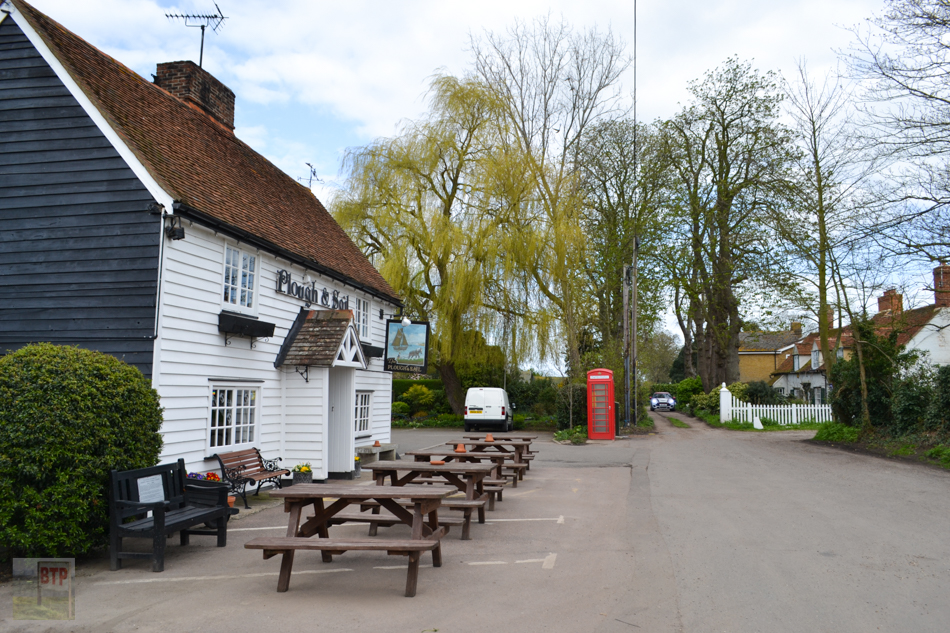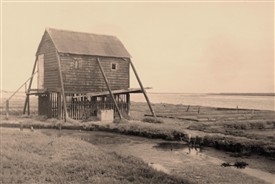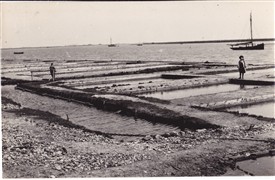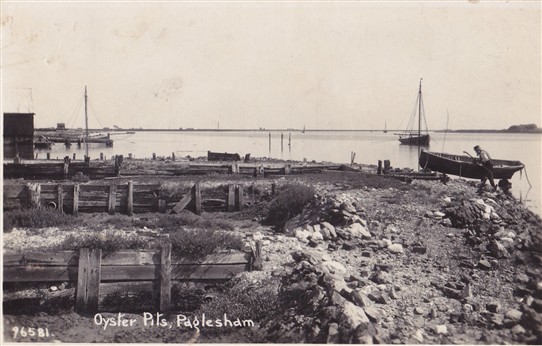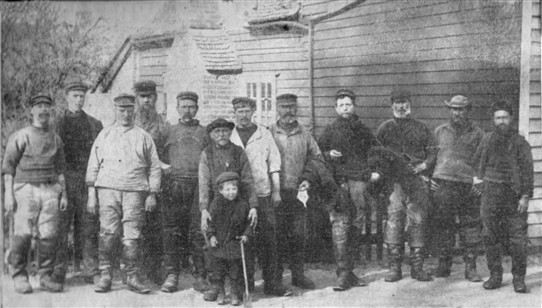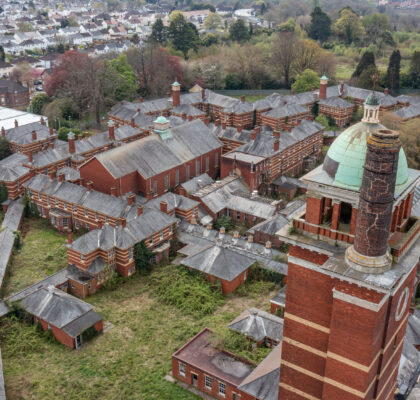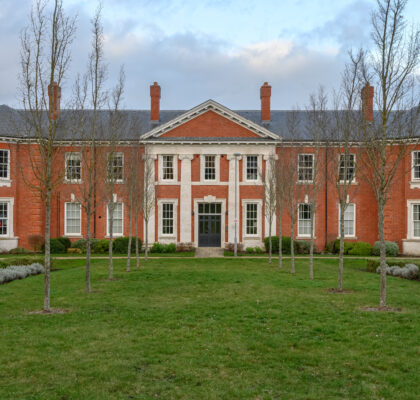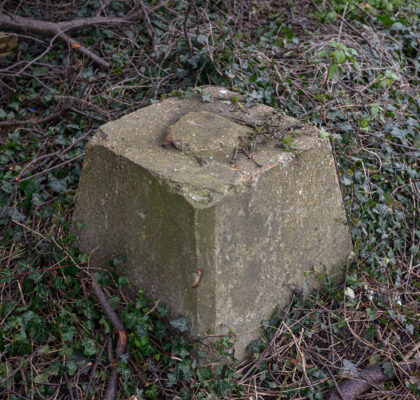Paglesham’s flourishing oyster-farming industry dates back to the late 19th Century. Whilst oysters have been farmed around the Essex coastline as far back as the Roman era, they exploded in popularity nearing the turn of 1900 because they were a cheap source of food for the poor. By the early 20th Century, oyster beds at Paglesham were producing half a million oysters every year. These were sold both in the capital and to local communities, such as in Paglesham’s secluded Plough and Sail pub. Ordnance Survey’s 1873 map details over 20 different oyster layings around Paglesham’s coastline. Brick Row cottages which survive today were constructed at the height of Paglesham’s oyster industry to house oystermen and farmers. They could only work at the tide’s mercy.
Oysters were lain out in the silt so that they were constantly covered and uncovered by the tide, because they thrived only in constantly flowing water. They would have been grown for three to four years before being placed in the beds cut into the marshland to fatten for market; still visible as rectangular enclosures from the seawall. 200 of these beds once existed. They would need to be protected from thieves and so watch houses were built next to them to guard them at night. One of these watch houses; the ‘Shed of Stilts’, existed in the early 1960s but has long since gone. Other huts and barges remain stranded around the beds; presumably related to the industry. Whilst it is unclear exactly how old some of these beds are, it can be presumed they are between 120 and 80 years old. Some are faint, others still bear wooden surrounds and walkways to this day. Old railway carriages also once existed into the 1980s around the beds used to sort and hand-grade the oysters. One of these came from Foulness following the 1953 North Sea Floods when it was tied up to a shed. Prior to the Second World War, Paglesham’s oyster trade prospered. However, after the 1953 floods which devastated marshland, and repeatedly harsh winters, few oyster trades remained. In 1969, only the Keeble brothers’ business survived. Despite this, the Paglesham oyster trade still continues with the River Roach Oyster Company started by John Labbett reviving the local oyster industry’s traditional ways.
Sources:
Rochford District Community Archive (http://www.rochforddistricthistory.org.uk/page_id__298.aspx & photos from Peter Thorogood’s collection, http://www.rochforddistricthistory.org.uk/page_id__233.aspx)
Basildon Canvey Southend Echo (http://www.echo-news.co.uk/echofeatures/businessnews/4229701.Oyster_farmer_John_returns_to_traditional_ways/)
Aerial Photograph by Richard E Pryor (https://www.pictacat.com/media/BhmQ4yuFEbi)
This entry was posted in Location Report
